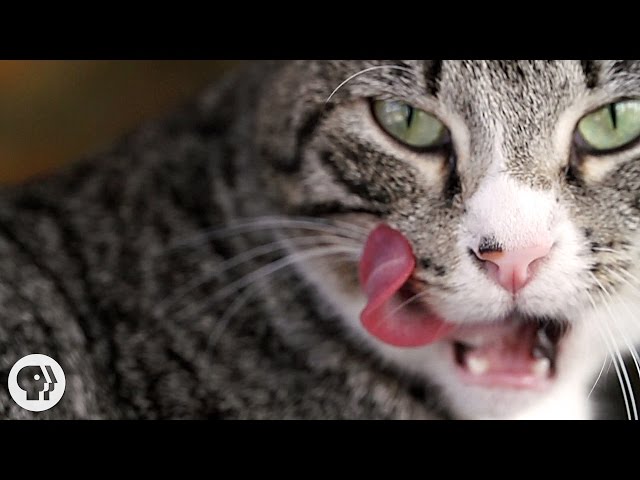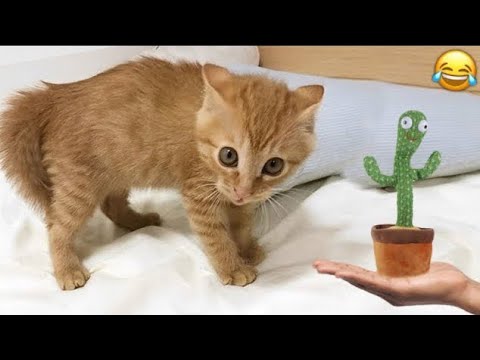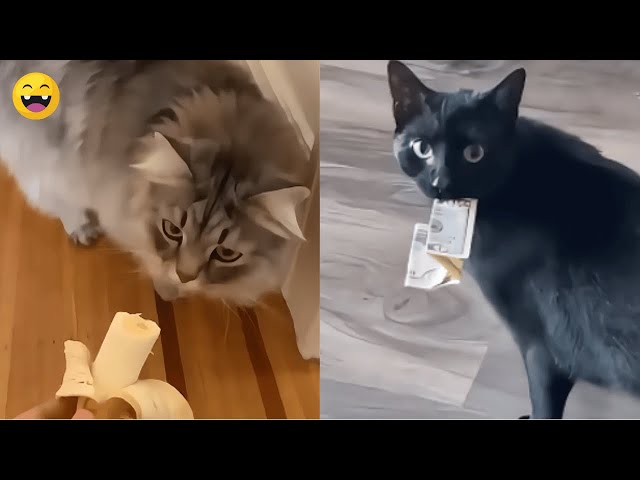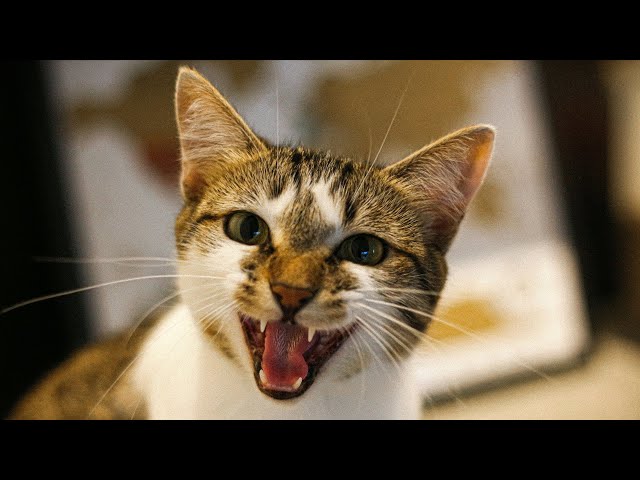It’s not vanity. For cats, staying clean is a matter of life and death. And their tongue, specially equipped for the job, is just one of the things that makes cats such successful predators.
SUBSCRIBE to Deep Look! http://goo.gl/8NwXqt
DEEP LOOK is a ultra-HD (4K) short video series created by KQED San Francisco and presented by PBS Digital Studios. See the unseen at the very edge of our visible world. Get a new perspective on our place in the universe. Explore big scientific mysteries by going incredibly small.
* NEW VIDEOS EVERY OTHER TUESDAY! *
Even after thousands of years sharing our homes, cats still remain mysterious. For one thing, they spend an inordinate amount of time grooming themselves, up to half of their waking hours.
But all of that primping isn’t about vanity. For ambush predators like cats, staying clean is a matter of life and death.
In this episode of Deep Look we get up close and personal with these fastidious felines. By looking closely at cat tongues, research at MIT and Georgia Tech reveals clues to cats’ predatory prowess and finds inspiration for new technologies.
— Why do cat’s tongues feel like sandpaper?
Cats’ tongues are covered in little spines called “papillae” that look like tiny hooks. Cats use their tongues to groom and the spines do a great job of detangling knots.
— Why do cats spend so much time grooming?
Cat’s spend much of their day cleaning themselves- up to half of their waking hours! Cats are ambush predators and they need to stay clean in order to remain hidden from their prey. Prey species tend to be on the lookout for danger, and one whiff of the wrong odor can give the cat away.
— Why do cats drink with their tongues?
Like most other mammals that are predators, cats have wide mouths to help them sink their teeth deep into their prey. The large opening on the sides of their mouth helps them get a better bite, but it makes it hard for them to create suction in order to drink. Instead they use their tongue to draw water up from the surface into a column. They then bite the column to get the water. They usually lap about four times per second.
—+ Read the entire article on KQED Science:
https://ww2.kqed.org/science/2017/02/28/why-does-your-cats-tongue-feel-like-sandpaper/
—+ For more information:
How Cats Lap: Water Uptake by Felis catus
http://science.sciencemag.org/content/330/6008/1231
—+ More Great Deep Look episodes:
If Your Hands Could Smell, You’d Be an Octopus | Deep Look
Archerfish Says…”I Spit in Your Face!” | Deep Look
Roly Polies Came From the Sea to Conquer the Earth | Deep Look
—+ See some great videos and documentaries from the PBS Digital Studios!
Pigeon Story: How the Rock Dove Became the Sky Rat | It’s OK to be Smart
Everything is Trying to Kill You
—+ Follow KQED Science:
KQED Science: http://www.kqed.org/science
Tumblr: http://kqedscience.tumblr.com
Twitter: https://www.twitter.com/kqedscience
—+ About KQED
KQED, an NPR and PBS affiliate in San Francisco, CA, serves Northern California and beyond with a public-supported alternative to commercial TV, Radio and web media.
Funding for Deep Look is provided in part by PBS Digital Studios and the John S. and James L. Knight Foundation. Deep Look is a project of KQED Science, which is also supported by HopeLab, the S. D. Bechtel, Jr. Foundation, the Dirk and Charlene Kabcenell Foundation, the Vadasz Family Foundation, the Gordon and Betty Moore Foundation, the Smart Family Foundation and the members of KQED.
#deeplook




